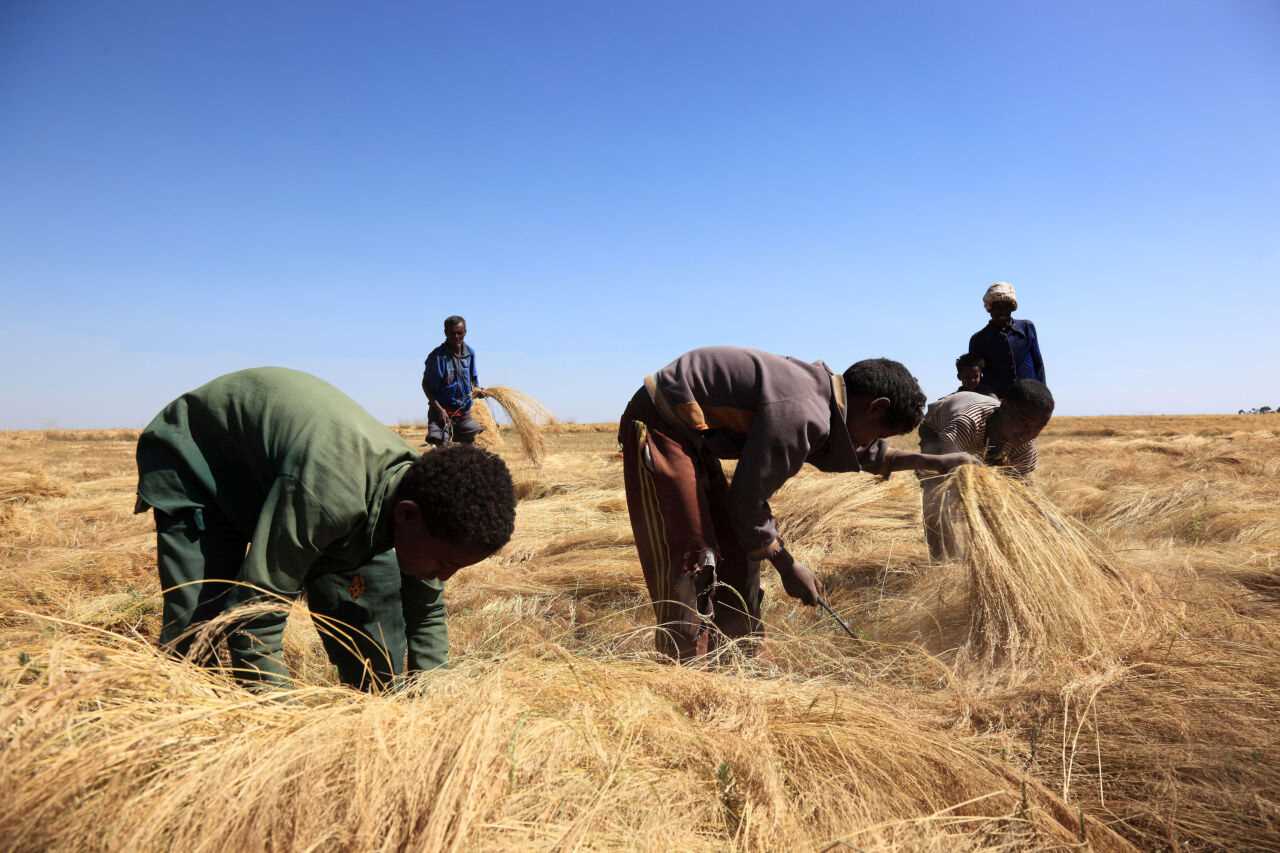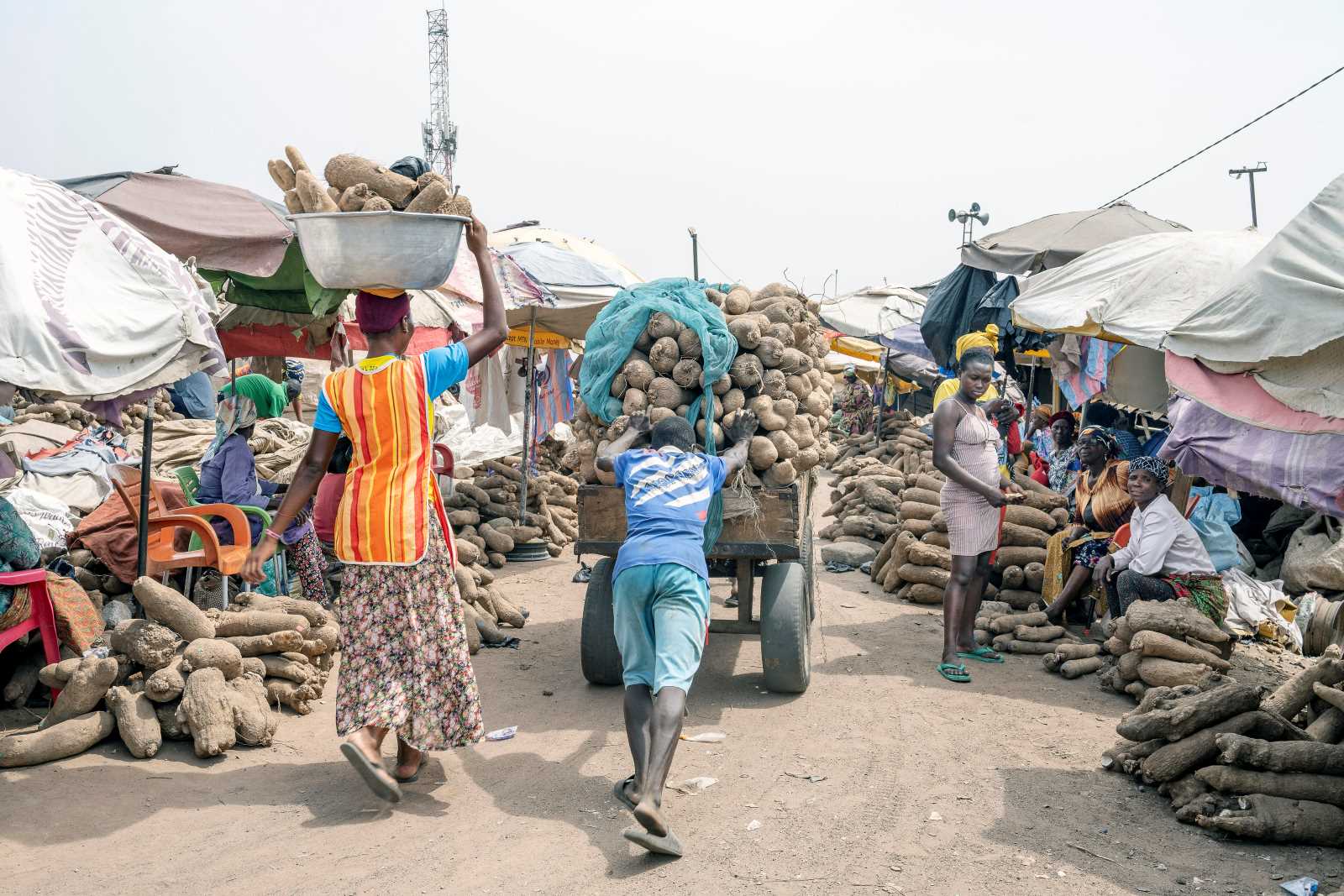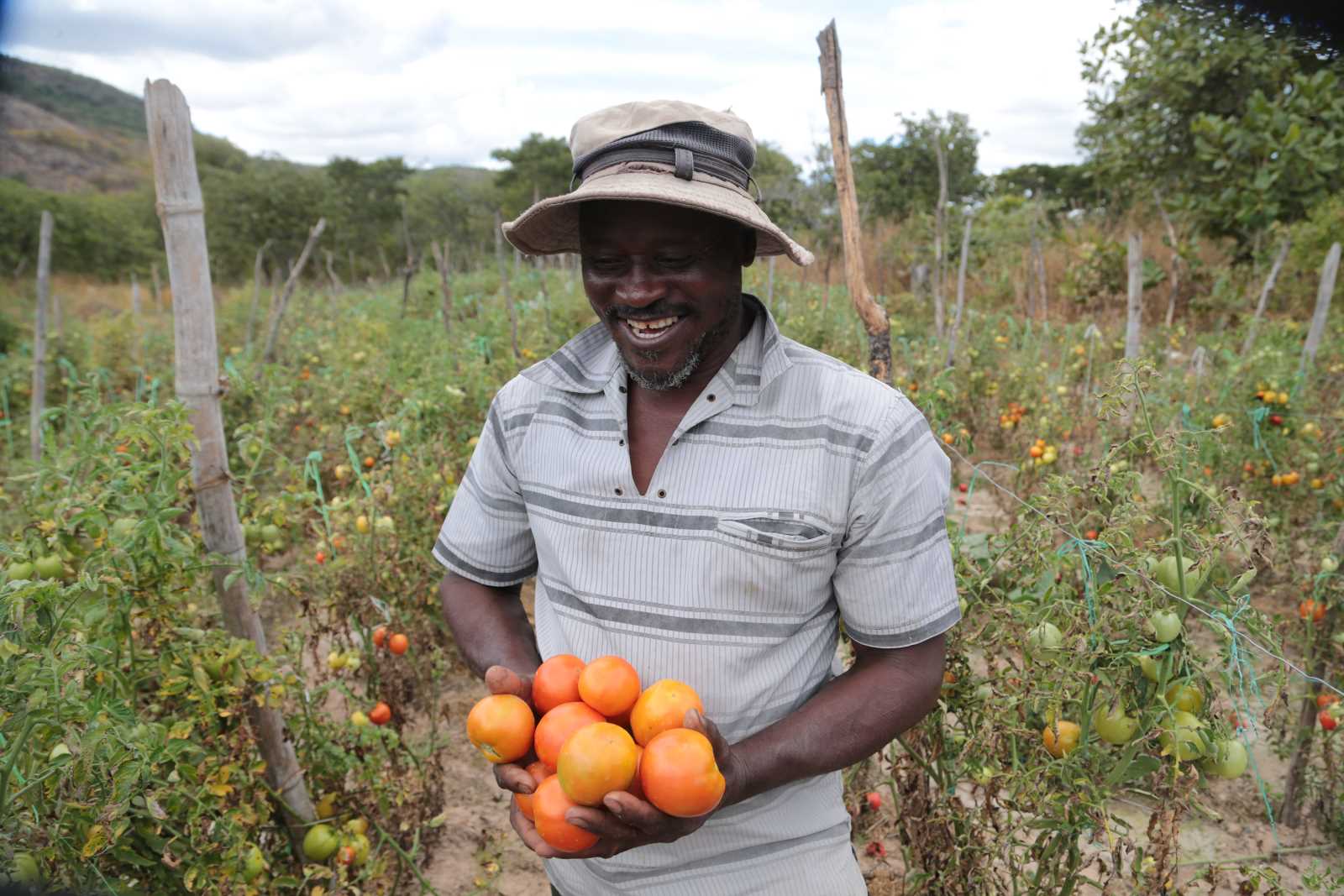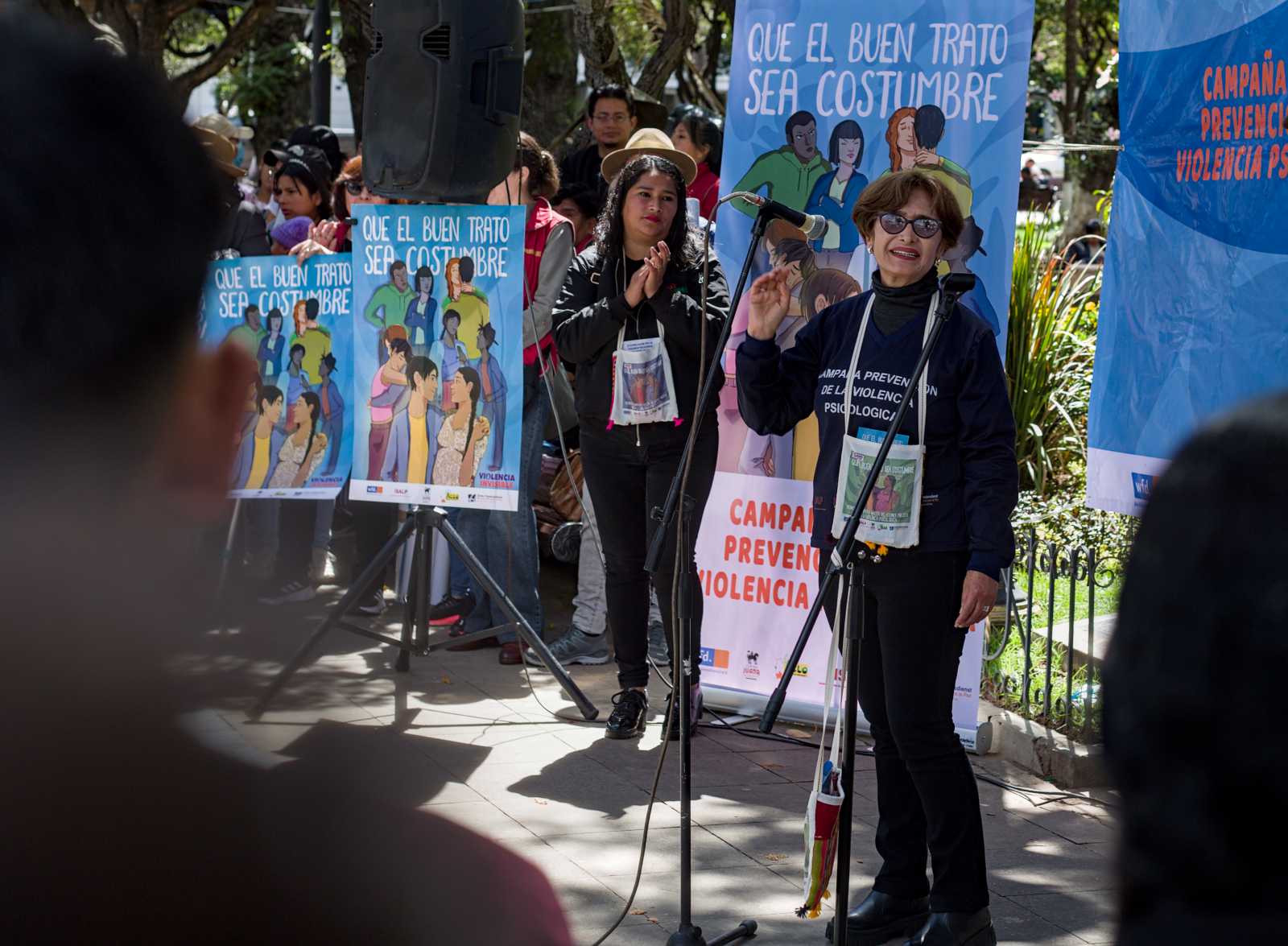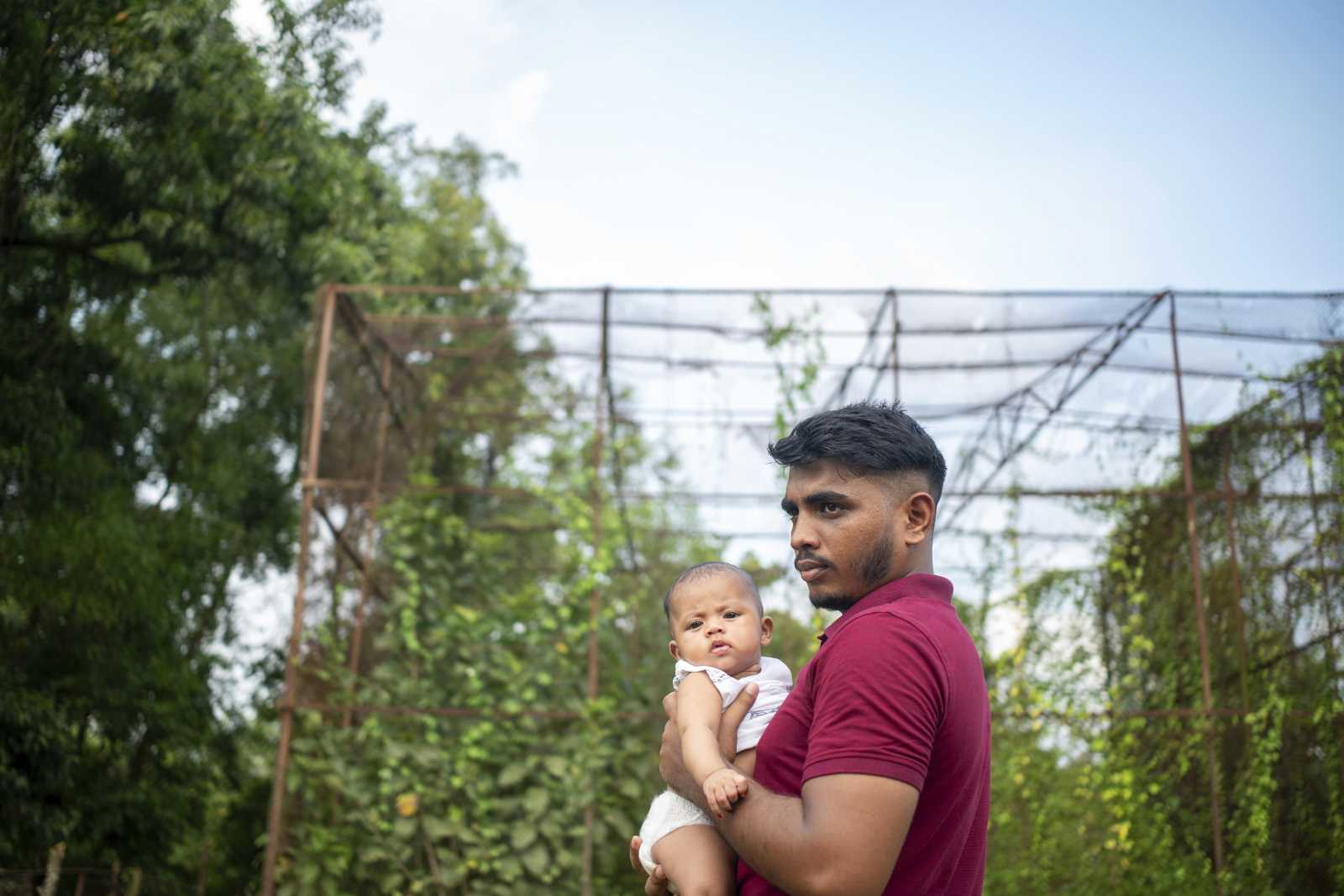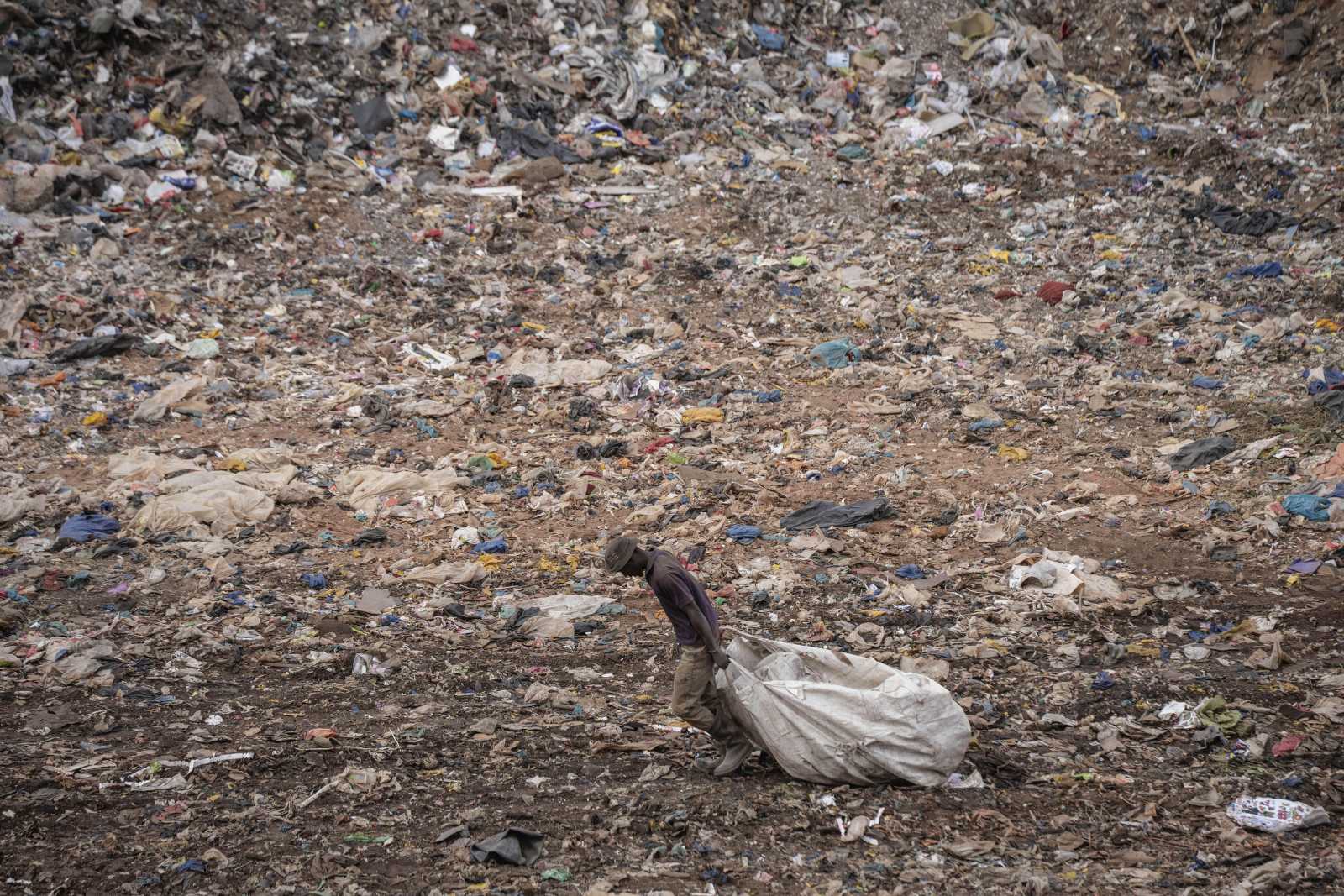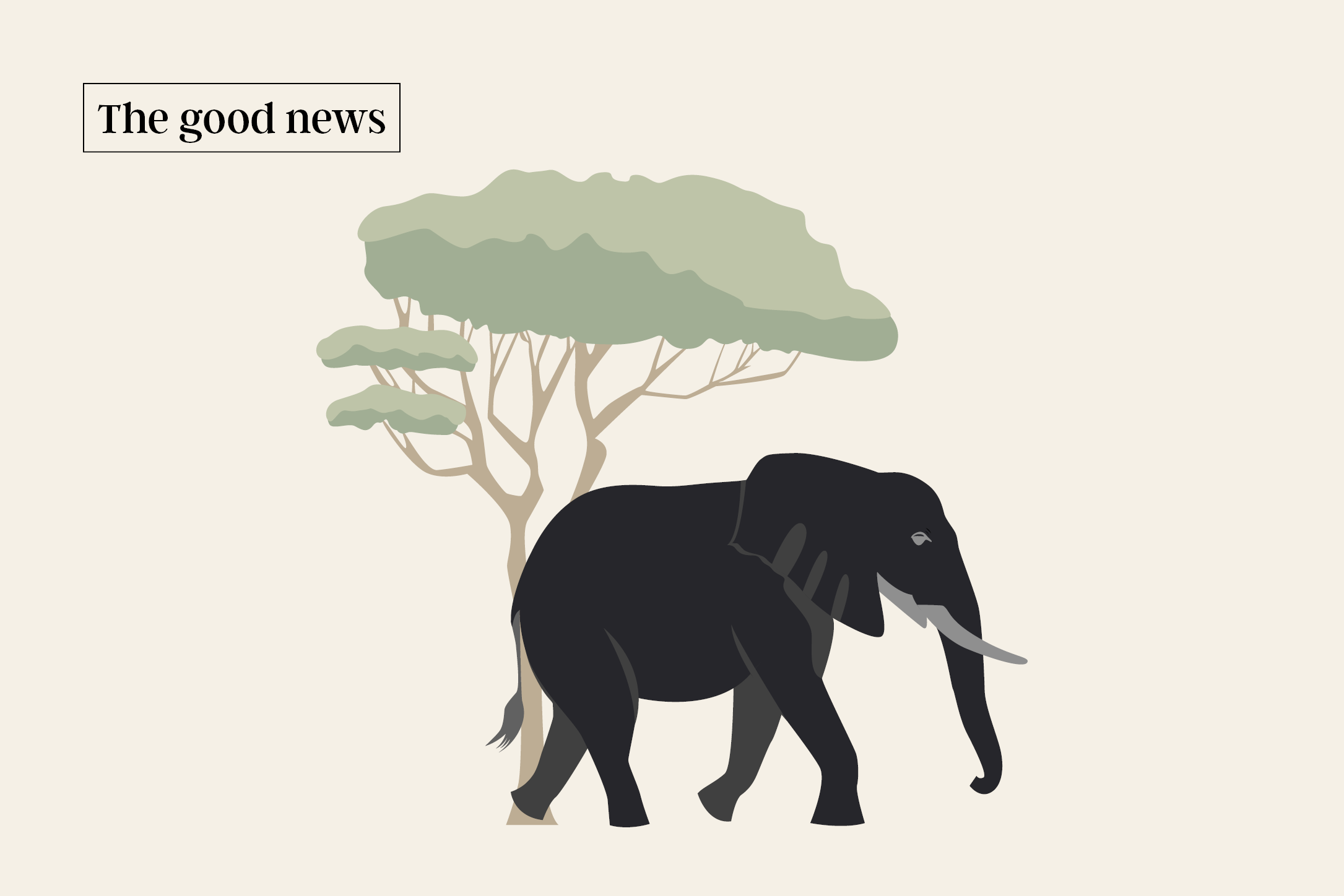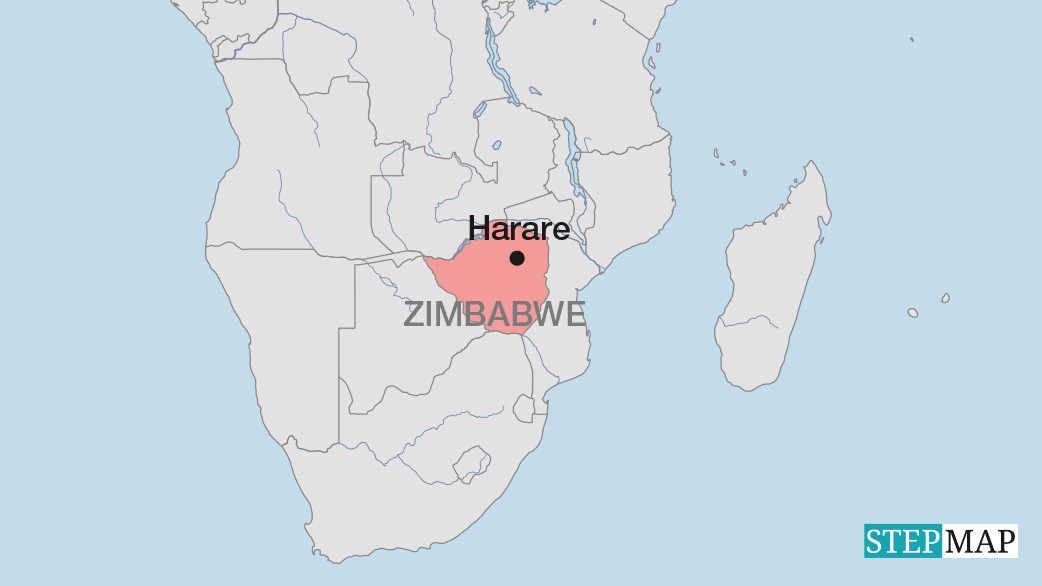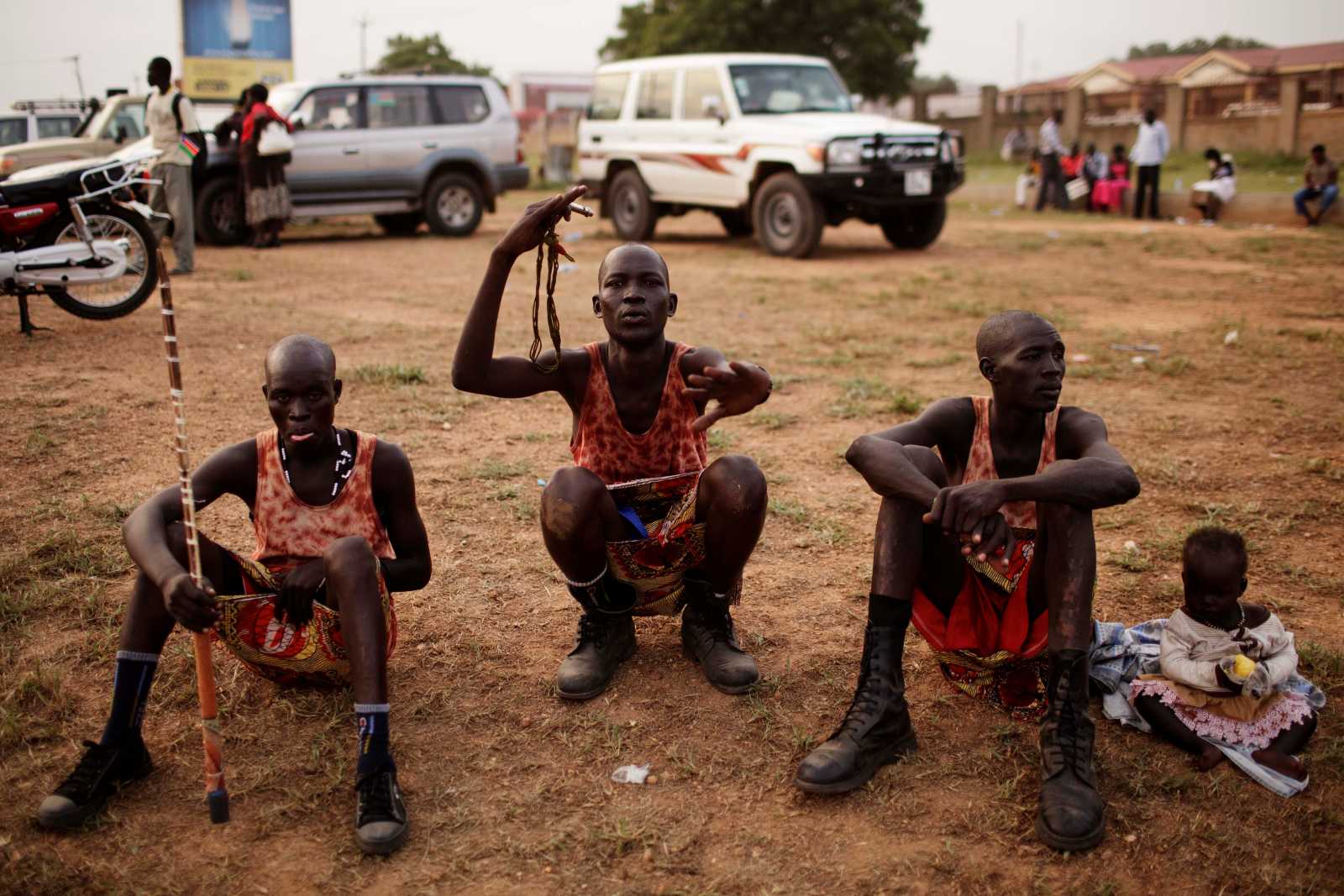Agricultural research
Research needed on traditional African foods
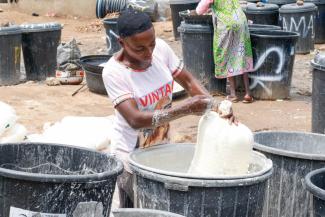
Africa’s traditional crops tend to be among the “forgotten foods”, which are also called “neglected”, “underutilised” or “orphan crops”. What these cultivars have in common is that people historically depended on them and often still do. Related terms are “minor foods” or even “poor people’s food”, showing that it is more prestigious to consume other goods.
Some warn that there is even a category of “vanishing foods”. Examples are berries or mushrooms that people have traditionally collected in forests. Deforestation means that some relevant plant and animal varieties are disappearing even before biologists have properly assessed them. The lack of data makes it impossible to estimate in precise numbers what this loss of genetic diversity means. Knowledge gaps, of course, mark food supply chains in Africa more generally.
Three fundamental problems with global crops
Humankind’s most important staple foods today are rice, wheat and maize. They are not indigenous to Africa but have become essential components of African diets. They are cultivated in many African countries, but typically not in the quantities that would make them self-sufficient. The shift away from traditional foods has serious downsides:
- Dietary change is one reason that diabetes and other chronic diseases are becoming more common in Africa.
- Traditional crops and livestock tend to be well adapted to the environment they have been bred in, so they are more likely to cope with environmental change. It would make sense to breed varieties that are resilient to heat, drought, storms and flooding.
- The less food a country imports, the less likely foodprice inflation is. When world-market prices soar, import prices go up too, and rising costs for food hit poor people hard. Because for-ex reserves are used for grain imports, moreover, the exchange rate of the national currency declines, further exacerbating inflation.
Because the globally used plants are well understood, new and better performing varieties can be bred fast. By contrast, there is a lack of high-yielding varieties of traditional crops such as cassava, yams or fonio in West Africa. It would be possible to develop such varieties and even breed diversity, but it would take longer and require more resources.
Moreover, it might prove difficult to market the new seed. Commercial African farms generally prefer to grow the global crops. Subsistence farmers, on the other hand, use their own seed. The masses of women who do the field work would have to be made aware of other options once they arise. Many of them might still shy away from the risk, and others would not be able to spend any money on improved seed and related inputs.
On the upside, digital technology is making it easier to reach out to poor rural people even if they are illiterate. Smartphones have become quite common, and agricultural advice services are making good use of instructive video clips. However, while video tutorials can promote innovations, they are not a substitute for them. What must come first is the scientifically solid work that leads to better approaches to using traditional plants.
Hans Dembowski is the former editor-in-chief of D+C/E+C.
euz.editor@dandc.eu

